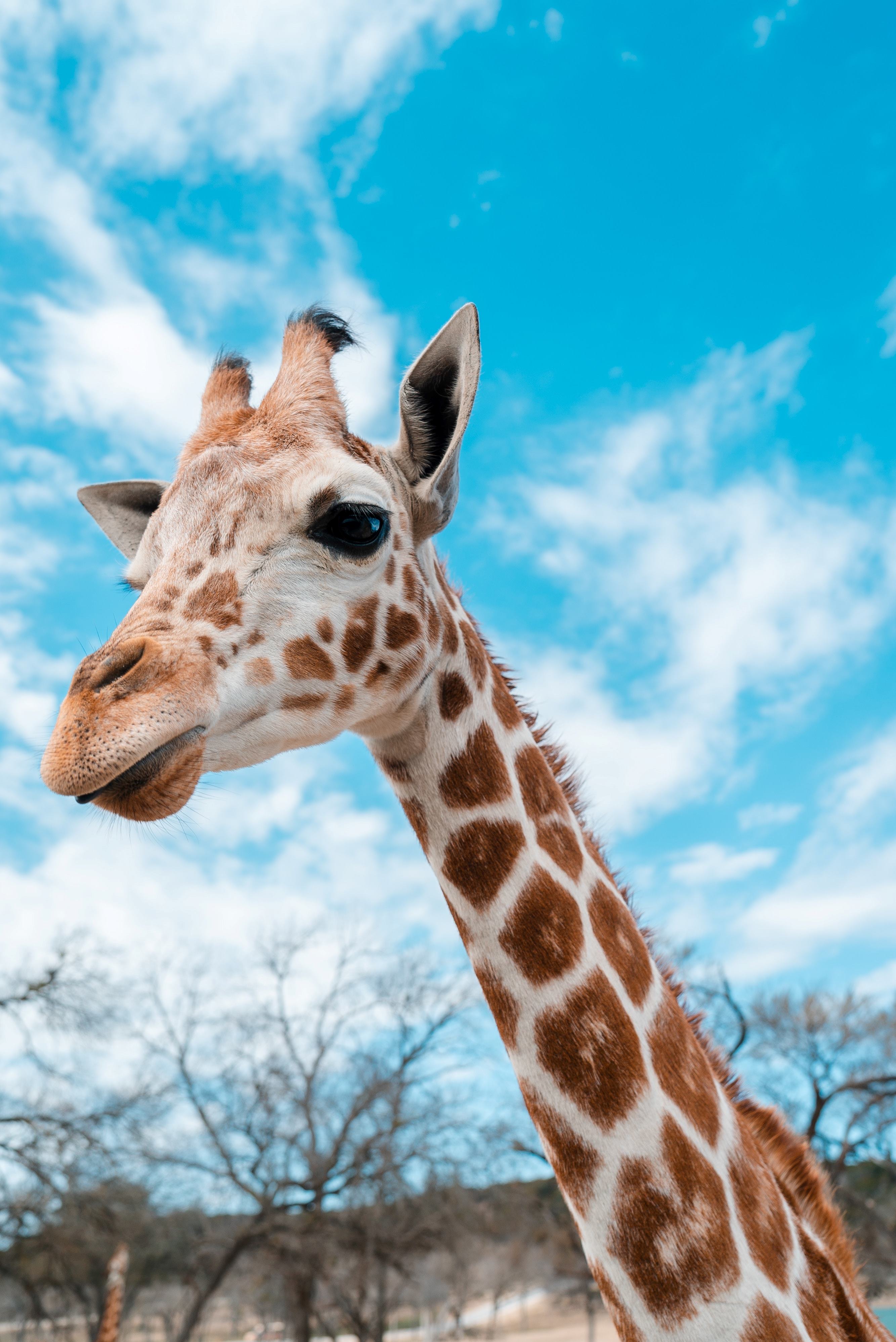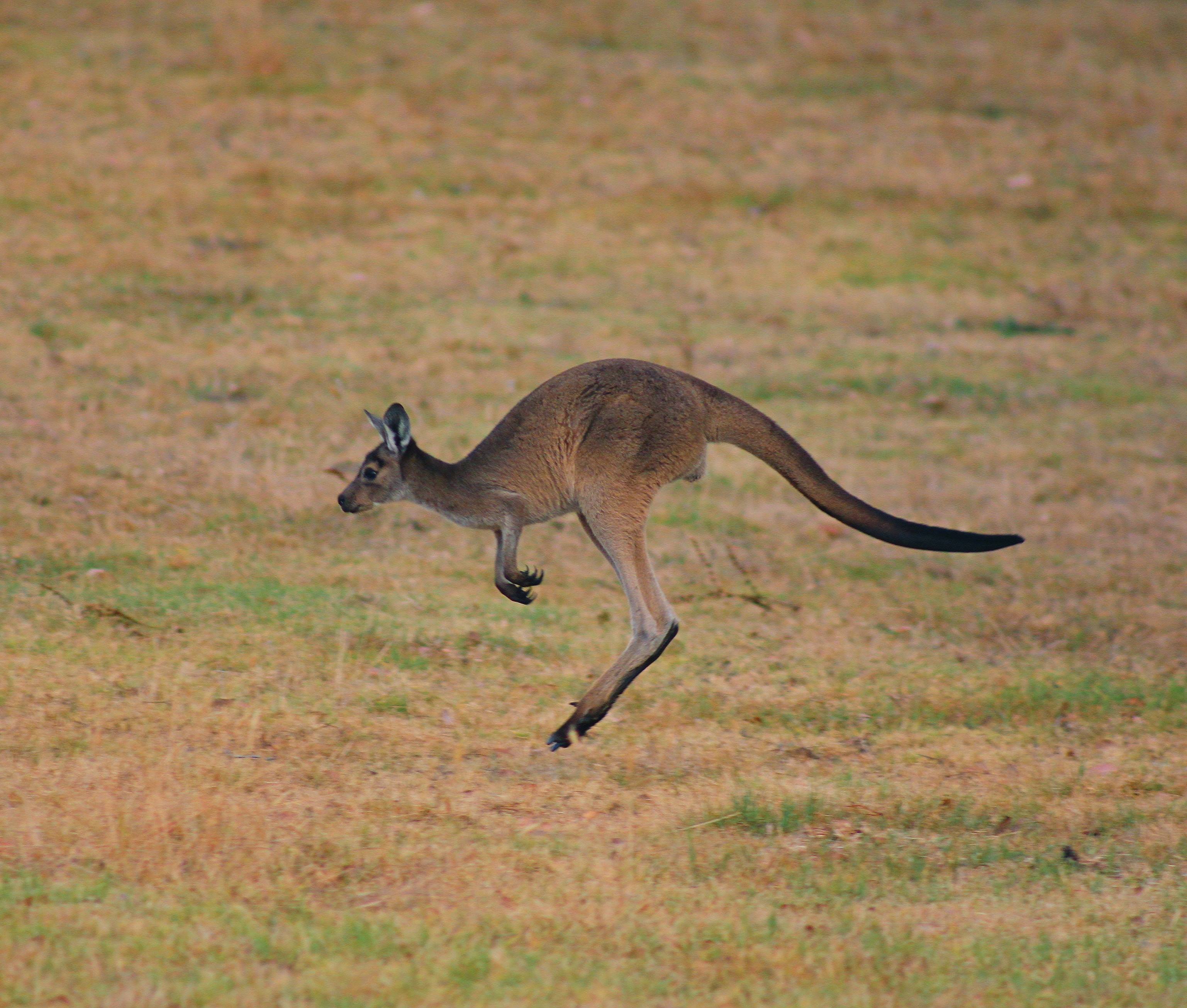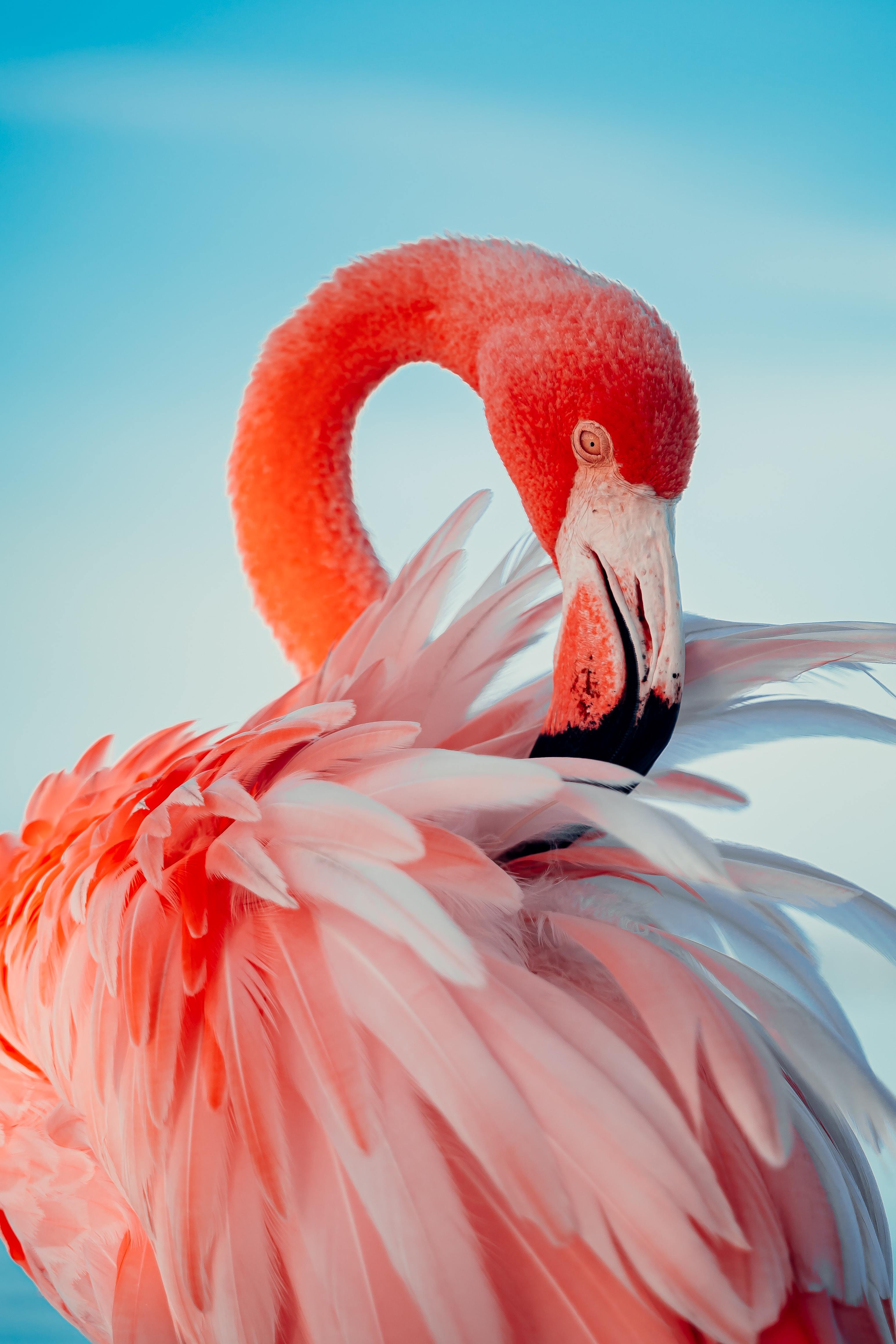TIGER
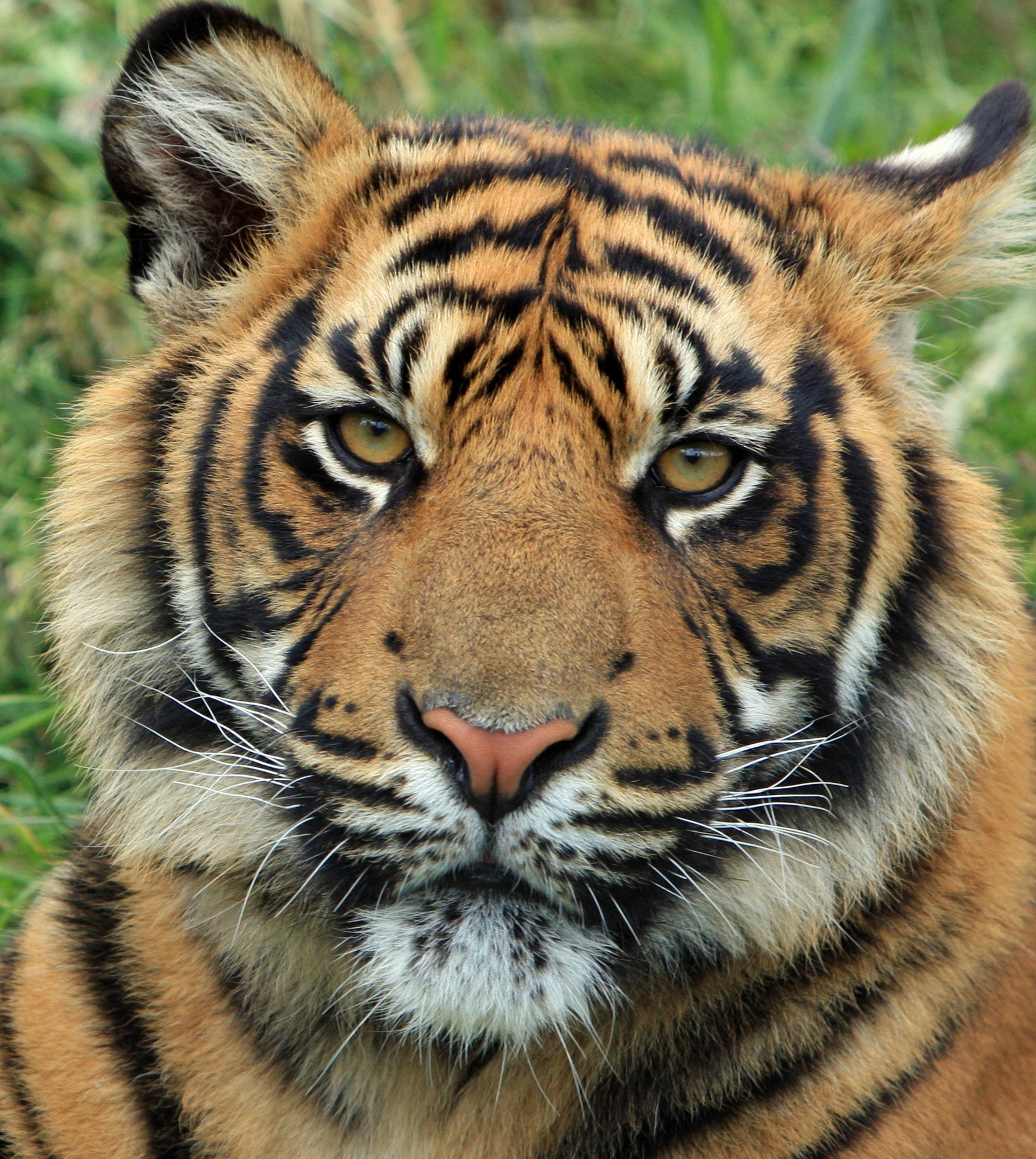
The Tiger's famous stripe pattern can even be seen when shaved.1
- Scientific Name: Panthera tigris2
- Average Length: 6 to 10 feet2
- Average Weight: 220 to 660 pounds2
- Habitat: Forests, grasslands, savanahs, and swamps2
Tigers can carry twice their body weight 10 feet up a tree. They can see six times better than humans at night. Their stripe pattern camouflages them in grasslands and forests. A cub may stay with its mother two years after its birth.3
Attribution Section
Images:
- https://www.pexels.com
- https://en.wikipedia.org
- https://www.pbs.org
- https://animals.sandiegozoo.org
CARDINAL
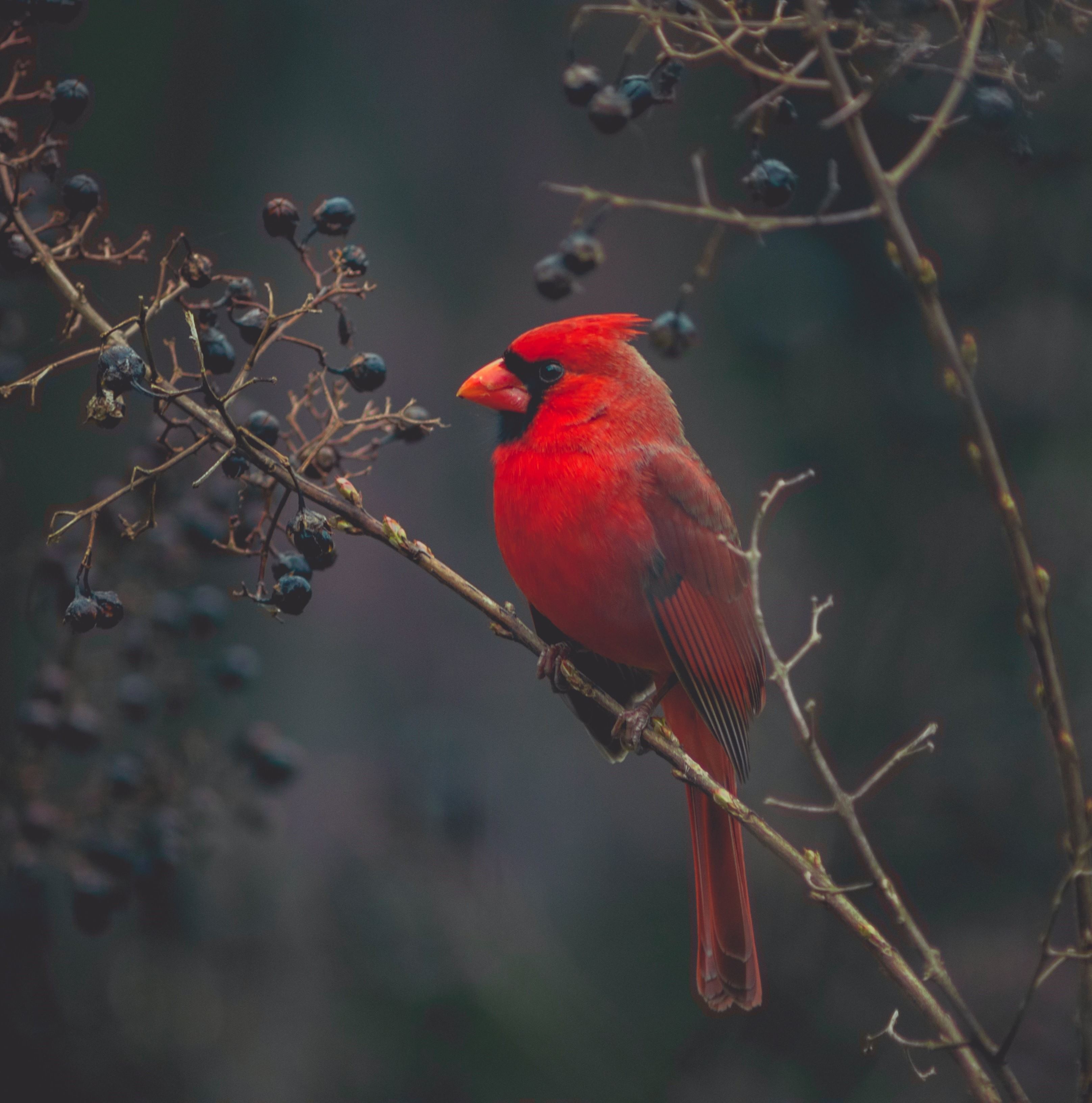
A flock of Cardinals is called a "Radiance".
- Scientific Name: Cardinalis cardinalis1
- Average Length: 8.3 to 9.1 inches1
- Average Weight: 33.6 to 65 grams1
- Habitat: Woodland edges, wooded wetlands, and suburban areas.1
The adult northern cardinal's diet consists mainly of weed seeds, grains, and fruits. The male's plumage color is produced from carotenoid pigments in their diet. The male's mask is black, while the female's mask is gray.1
Attribution Section
Images:
- Unsplash: Timothy Dykes
- https://en.wikipedia.org
ELEPHANT
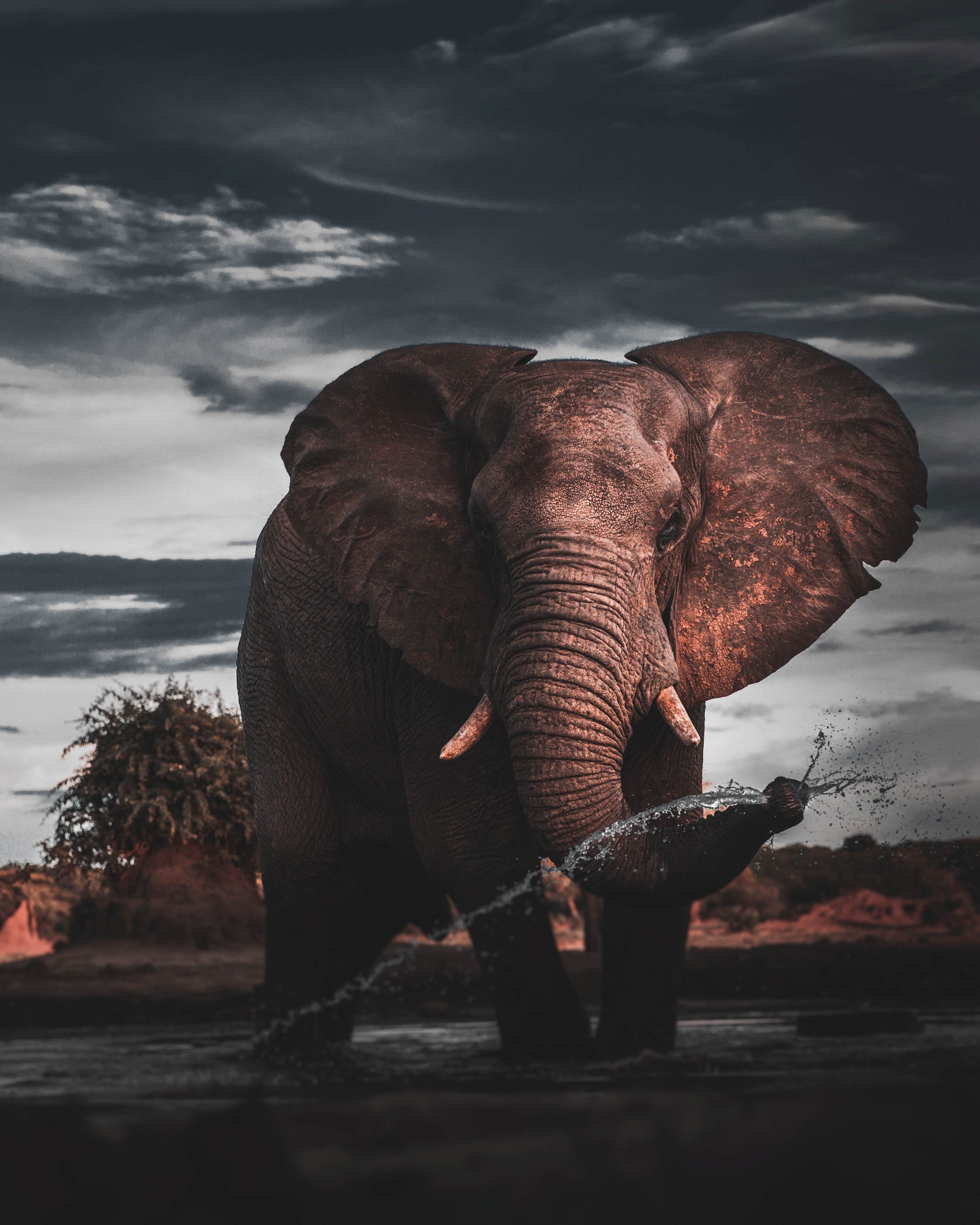
An elephant's sense of smell may be four times greater than a bloodhound.1
- Scientific Name: Elephantidae1
- Average Length: 10 to 11 feet1
- Average Weight: 2.9 to 3.9 short tons1
- Habitat: Forests, savannahs, deserts, wetlands, and near lakes1
African elephants have two finger-like extensions at the tip of the trunk that allow them to pluck small food. Elephants can lift up to 770 pounds with their trunk. The trunk of an adult Asian elephant is capable of retaining 8.5 L (2.2 US gal) of water.1
Attribution Section
Images:
- https://www.pexels.com
- https://en.wikipedia.org
